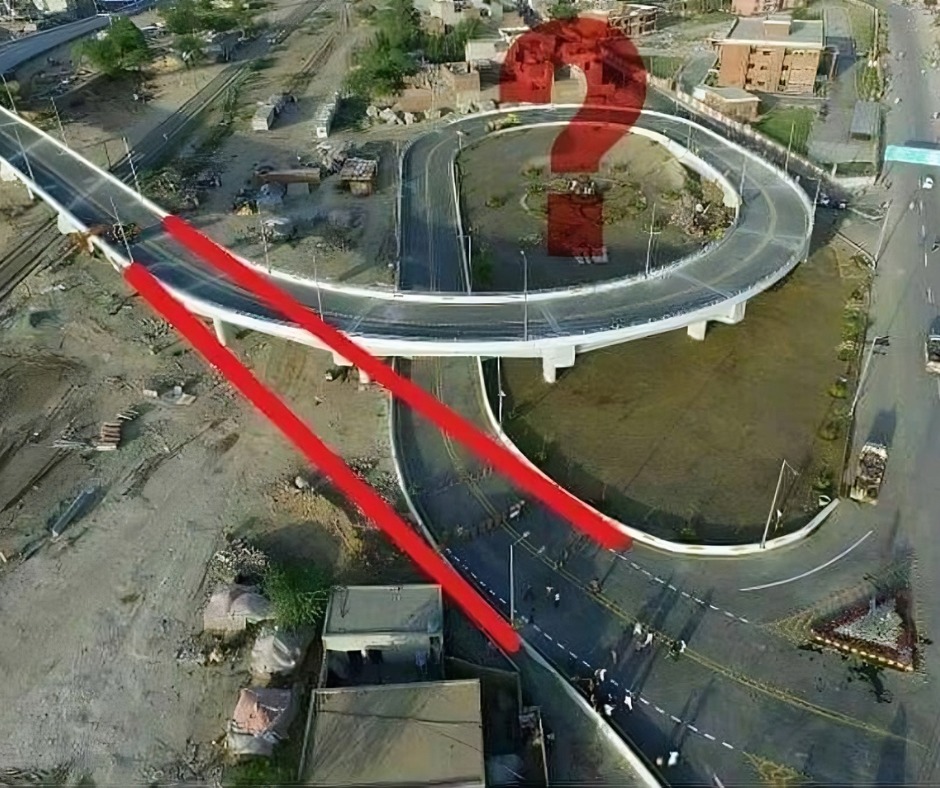Have you ever wondered why so many roads are designed with curves and bends instead of being straight? The answer is rooted in driver safety and the practical challenges of road design. If a vehicle travels in a straight line at high speeds for a long period, the monotony can lead to fatigue, distraction, and even drowsiness for the driver. These conditions significantly increase the likelihood of accidents. To counter this, winding roads are intentionally designed to keep drivers alert and engaged, ultimately making the journey safer.

When a vehicle moves along a straight stretch of road at high speeds, the lack of variation in direction can make driving feel repetitive and dull. This monotony often causes the driver’s focus to waver, leading to dangerous lapses in attention. In extreme cases, prolonged periods of straight-line driving can even induce drowsiness. Curved roads solve this problem by requiring the driver to make frequent adjustments in steering and speed. These changes in direction naturally stimulate the driver’s concentration, reducing the chances of inattentiveness and improving overall road safety.
Winding roads are not only beneficial for maintaining focus but also for navigating challenging terrain. Consider steep inclines—a straight, steep road presents significant risks, even for vehicles with powerful engines. For example, heavily loaded trucks or passenger cars may struggle to climb steep grades. On the descent, the risks multiply, as maintaining control becomes more difficult. Drivers must rely heavily on their brakes, which can overheat or fail, increasing the likelihood of accidents. Curved roads, with their gradual inclines and declines, provide a safer alternative. By reducing the steepness of the climb and descent, these roads make it easier for drivers to manage their vehicles, even in difficult conditions.
Visibility is another critical factor that curved roads address effectively. On a straight, steep road, the driver’s ability to see ahead is often limited, making it difficult to anticipate hazards such as stopped vehicles, sharp turns, or obstacles in the roadway. Curved roads, on the other hand, naturally encourage slower speeds and provide better visibility around bends. This allows drivers to react to potential dangers more quickly and effectively, further enhancing safety.
The engineering behind winding roads is a meticulous process. Road designers carefully calculate the radius of curves to ensure vehicles can navigate them smoothly, even at higher speeds. By increasing the curve radius and reducing centrifugal force, engineers create roads that are not only safer but also more comfortable for drivers and passengers. Additionally, banking angles and gradual transitions between curves are often incorporated to further enhance the driving experience.
While it’s true that winding roads can take longer to travel than straight ones, the added time is a small price to pay for the safety benefits they provide. Straight, steep roads may save a few minutes, but they come with significantly higher risks. Driving on such roads is akin to taking an unnecessary gamble with one’s safety—a risk that most people would prefer to avoid.
Beyond safety, winding roads also offer an aesthetic advantage. By following the natural contours of the landscape, these roads minimize environmental disruption and preserve the beauty of the surrounding area. This approach not only protects the environment but also provides drivers with scenic views, making the journey more enjoyable. For many, the experience of driving along a winding road is as much about appreciating the journey as it is about reaching the destination.
For drivers of large vehicles, such as trucks carrying heavy loads, winding roads offer additional benefits. The gradual inclines and declines allow for better control of speed and reduce the strain on the vehicle’s engine and brakes. This makes it easier to navigate challenging terrain without compromising safety.
Ultimately, the thoughtful design of winding roads reflects a commitment to driver and passenger safety. By incorporating curves, gentle slopes, and other safety features, engineers create roads that prioritize well-being over speed. These designs encourage drivers to remain engaged, reduce the risks associated with high speeds, and ensure a safer and more pleasant driving experience.
The choice between a winding road and a straight, steep one is clear. While straight roads may seem more efficient, they often pose significant safety risks. Winding roads, on the other hand, provide a safer, more controlled driving experience. They demonstrate that taking a slightly longer route can lead to a much safer journey.
So, the next time you find yourself navigating a winding road, take a moment to appreciate the careful planning and engineering that went into its design. Every curve and slope is there to keep you safe, ensuring that your journey is not only secure but also enjoyable. In the end, winding roads remind us that the path to safety is rarely a straight line—and that’s a good thing.





